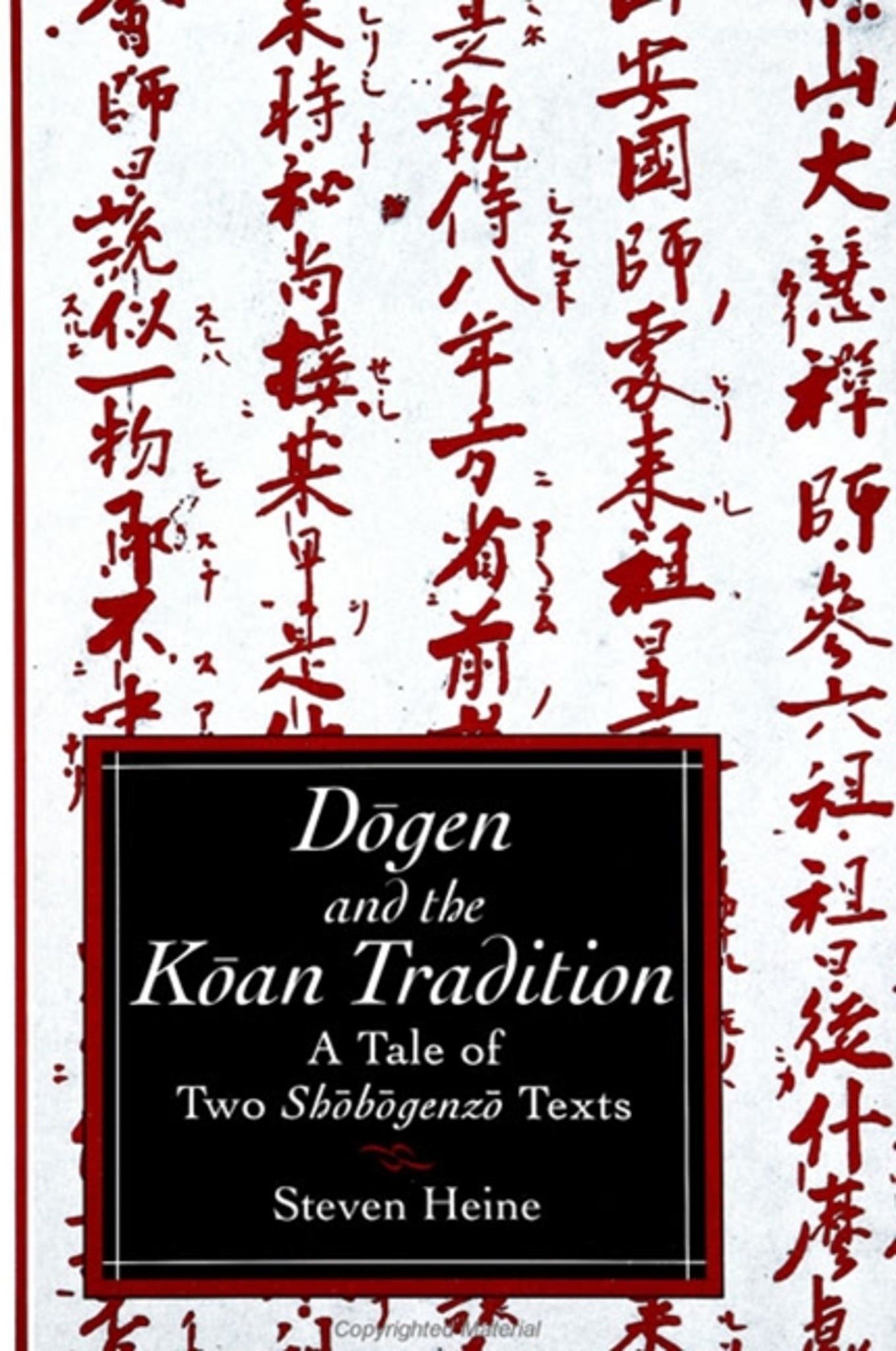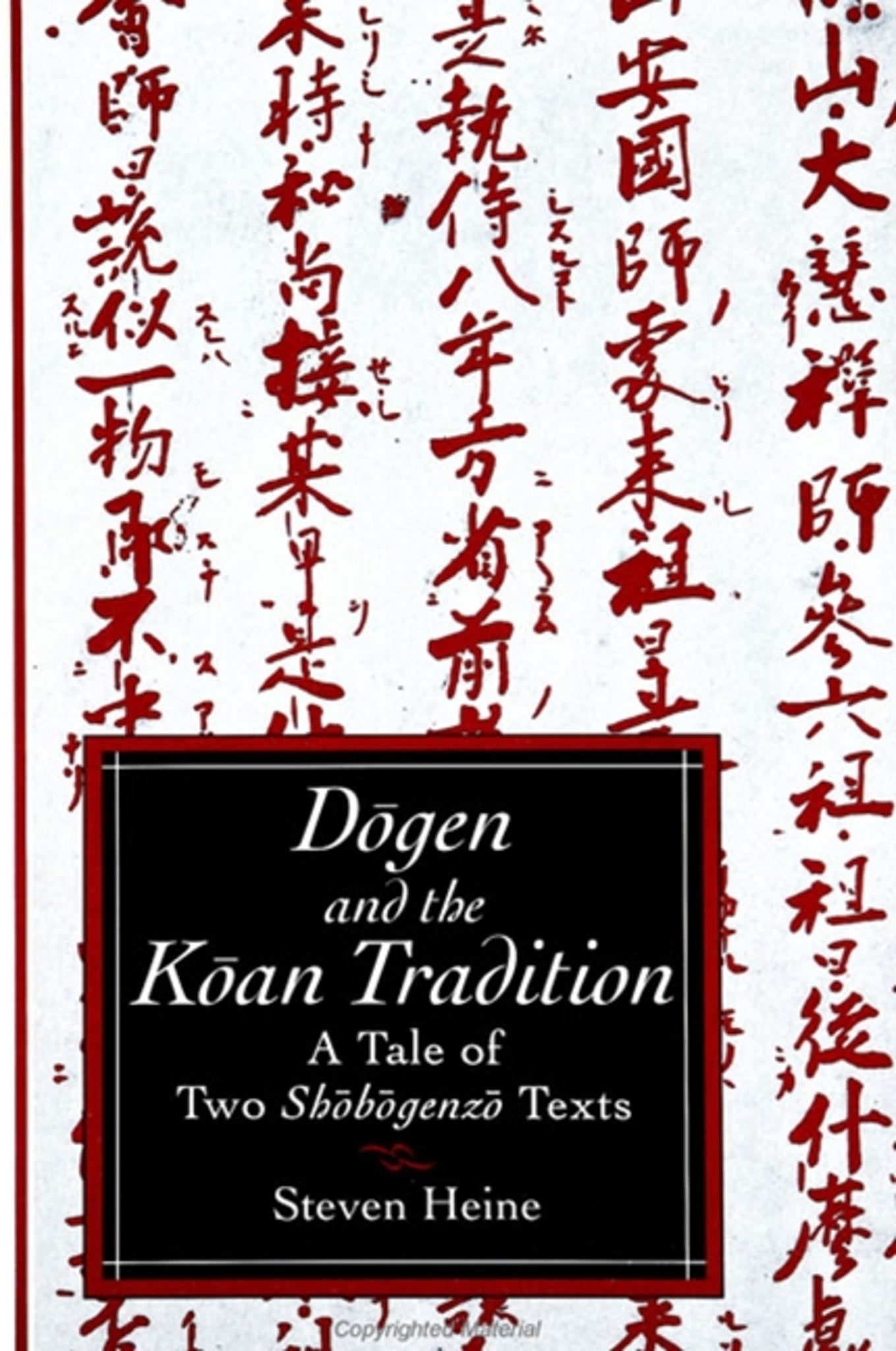We're sorry. An error has occurred
Please cancel or retry.
Dōgen and the Kōan Tradition

Some error occured while loading the Quick View. Please close the Quick View and try reloading the page.
Couldn't load pickup availability
- Format:
-
18 November 1993

This book has three major goals in critically examining the historical and philosophical relation between the writings of Dōgen and the Zen koan tradition. First, it introduces and evaluates recent Japanese scholarship concerning Dōgen's two Shōbōgenzō texts, the Japanese (Kana) collection of ninety-two fascicles on Buddhist topics and the Chinese (Mana) collection of three hundred koan cases also known as the Shōbōgenzō Sanbyakusoku. Second, it develops a new methodology for clarifying the development of the koan tradition and the relation between intellectual history and multifarious interpretations of koan cases based on postmodern literary criticism. Third, the book's emphasis on a literary critical methodology challenges the conventional reading of koans stressing the role of psychological impasse culminating in silence.


"It is at the very top of Dogen scholarship and one of the finest works written on the koan, elucidating the development from the original words of Chinese masters to Dogen's interpretation. It is also a comparative work that improves on conventional understanding and interpretation of the koans by introducing the author's own 'discourse analysis,' which use the subtleties of postmodernist thought to clarify the various aporetics of the koan. It is Japanese Buddhist scholarship at its finest. No student of Japanese thought and culture should be without this book." — Kenneth Inada, State University of New York at Buffalo
Illustrations
Tables
Preface
Chinese and Japanese Eras
Abbreviations
Part I. Methodological Issues
1. Text and Untext: On the Significance of Koans
Introduction to the Two Texts
Postmodernism and Zen Discourse
Satori Dialogues in Relation to Sung Zen Genres
Multiple Implications of the Term "Koan"
Significance of the Koan as a Zen Symbol
A Zen Problematic: Textuality and Untextuality
2. Mythology and Demythology: The Aporetics of Koan Studies
Two Sets of Problematical Issues
Nishitani's View of "Self-Surpassing" Zen
Five Main Aporetics of Zen Studies
The Function of Literary Criticism
The Koan as Religious Symbol
Discourse Analysis in Dogen and Koan Studies
Part II. Interpretive Studies
3. Inter and Intra Textuality: A Tale of Two Shobogenzo Texts
On Contextualizing Dogen's Texts
Conventional View of Dogen and the Koan Tradition
Rethinking the Conventional View
Contrasting Dogen and Ta-hui
The Two Shobogenzo Texts
4. Narratology and Tropology: Skin, Flesh, Bones, Marrow/Marrow, Bones, Flesh, Skin
On Resolving the Aporetics of Koan Studies
Section A. "Skin, Flesh, Bones, Marrow"
Rethinking the Conventional View
On the Formation of Zen Genres
Roots and Branches
Section B. "Marrow, Bones, Flesh, Skin"
The Elements of a Tropological Interpretation
Dogen's KS Text in Comparison with Koan-roku Texts
Conclusions: Does the Koan Have Buddha-Nature?
Appendix I. Translations of Kana Shobogenzo Fascicles
Appendix II. On the Mana Shobogenzo
Glossary of Sino-Japanese Terms, Names and Titles
Notes
Bibliography
Index



